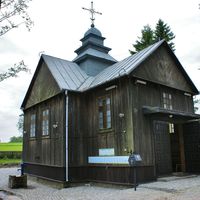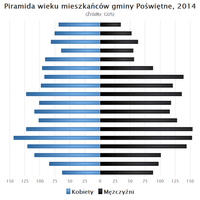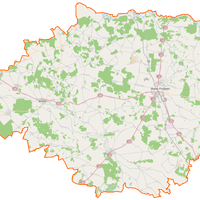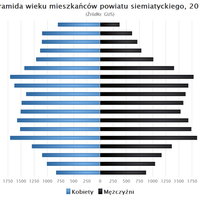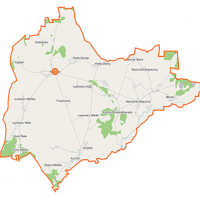Bielsko Plain
6.67
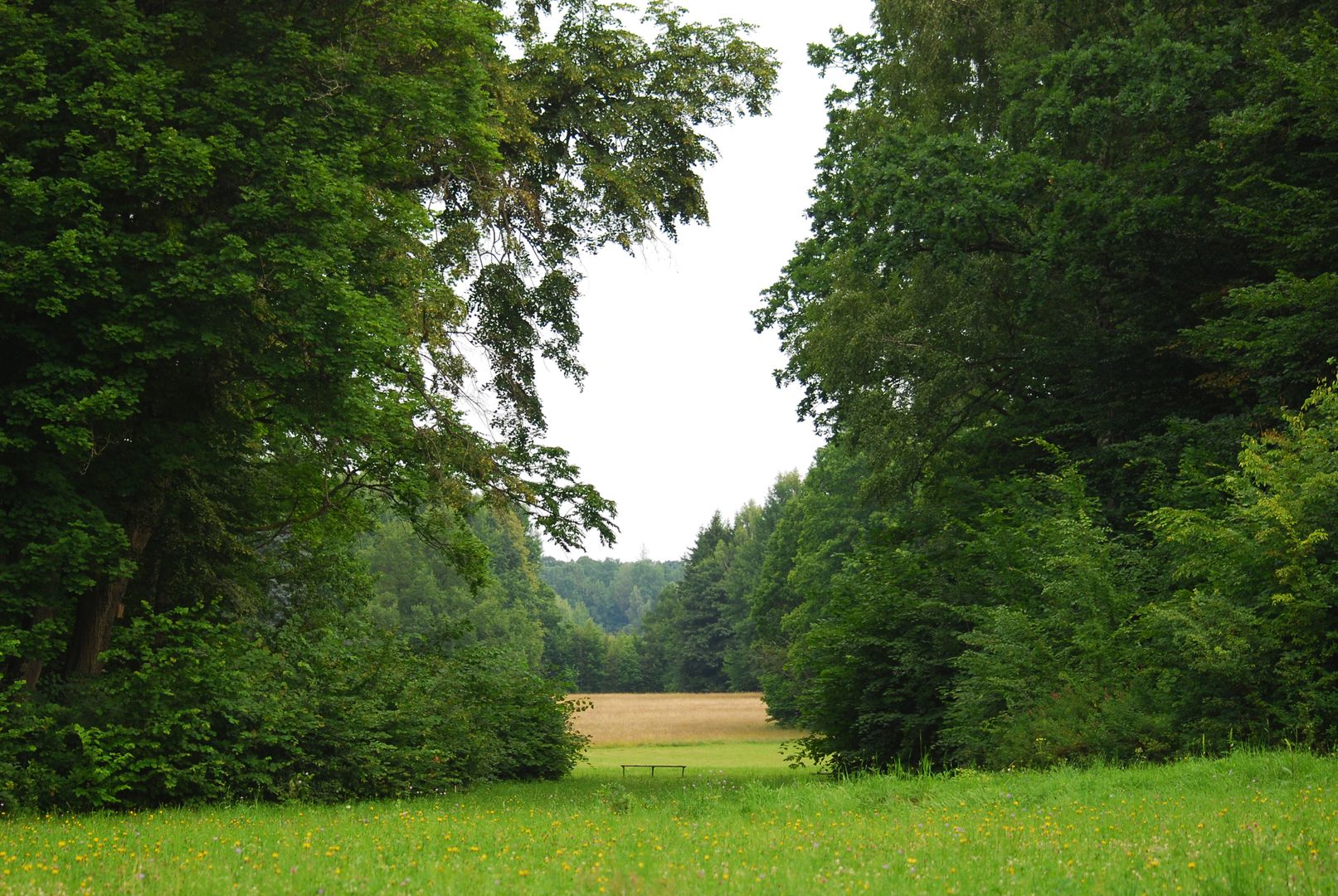
Overview
The Bielska Plain, also known as the Bielska Upland, is a mesoregion in eastern Poland, forming part of the North Podlasie Lowland, with an area of approximately 2,800 km². It features a gently undulating landscape dominated by kame hills formed during the recession of the Warta glaciation. The region borders the Upper Narew Valley, the Drohiczyn Upland, and the Wysokie Mazowieckie Upland. The main rivers flowing through this area are the Narew and the Bug.
Although largely agricultural, the landscape of the region is characterized by a unique natural environment, rich in forest complexes, lakes, and marshes, which support significant biodiversity. The area boasts high natural values, both on a national and European scale. The eastern part of the Bielska Plain includes the vast forest complex of the Białowieża Forest, home to the Białowieża National Park, regarded as one of Poland's natural treasures.
The region is abundant in valuable flora and fauna, including numerous protected and rare species, contributing to its high biodiversity and a remarkable degree of natural preservation. The land use structure fosters biological activity, with meadows, pastures, forests, and water bodies dominating the area. Combined with clean air and low pollution levels, this makes the region an exceptional place. The main urban center is Bielsk Podlaski, which serves as a local cultural and historical hub. The Bielska Plain is not only an important agricultural region but also a area of great natural significance, rich cultural heritage, and attractive historical aspects, drawing tourists and nature enthusiasts alike.
Location
2025 Wizytor | All Rights Reserved
